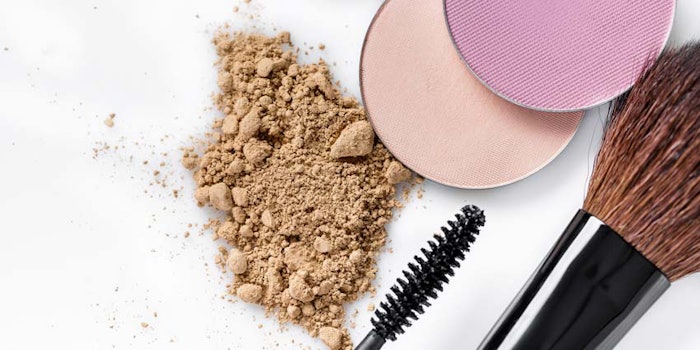
The U.S. Food and Drug Administration (FDA) has released the results of its most recent (2021) sampling of talc-containing cosmetic products for the presence of asbestos. No asbestos fibers were detected in any of the 50 samples tested.
As previously reported, in a six-part report released by the FDA in 2020, 43 samples tested negative for asbestos while nine samples tested positive. The latest report is a continuation of this work.
Talc and Asbestos Testing
As described in the agency's report, testing was conducted via polarized light microscopy (PLM) and transmission electron microscopy (TEM) by AMA Analytical Services, Inc. (AMA). AMA was selected for its expertise and experience in asbestos testing, and because it is accredited for analysis of asbestos in bulk materials through the National Institute of Standards and Technology administered National Voluntary Laboratory Accreditation Program (NIST-NVLAP).
Products were selected and purchased by the FDA, then samples were blinded and transferred to AMA. The products were selected based on various factors including: type of talc-containing cosmetic product (e.g., makeup powder, blush, eye shadow, perfumed talc powder, etc.), price range, popular products on social media and in advertisements, products marketed to children and, if any, third party reports of potential asbestos contamination. See the FDA Summary for the complete list of products tested.
As noted, the first sampling assignment was completed in 2019, however due to COVID-19, the sampling assignment planned for 2020 was carried out during 2021. To continue this ongoing effort of testing talc-containing cosmetic products, the FDA is planning to test 50 additional samples in 2022 and will post a report when available. If any samples test positive for asbestos, the agency will promptly inform the public of the results and will work closely with the companies involved to help to remove affected products from the market.
Fundamental Flaw
This oversight does not negate the good news for the absence of asbestos. David Steinberg, however, called out the FDA's omission of critical information in its report: how much talc was found.
"If you are going to analyze a cosmetic for asbestos if it contains talc, you must disclose how much talc was found." He continued, "This continues the FDA's failure to understand chemistry and formulations; for example, [finding] the penetration of UV filters into the bloodstream without revealing the solvents of the filters and their ability to penetrate the bloodstream."
See related (archived): Why the FDA's 'Sunscreens in the Bloodstream' Study is Flawed









